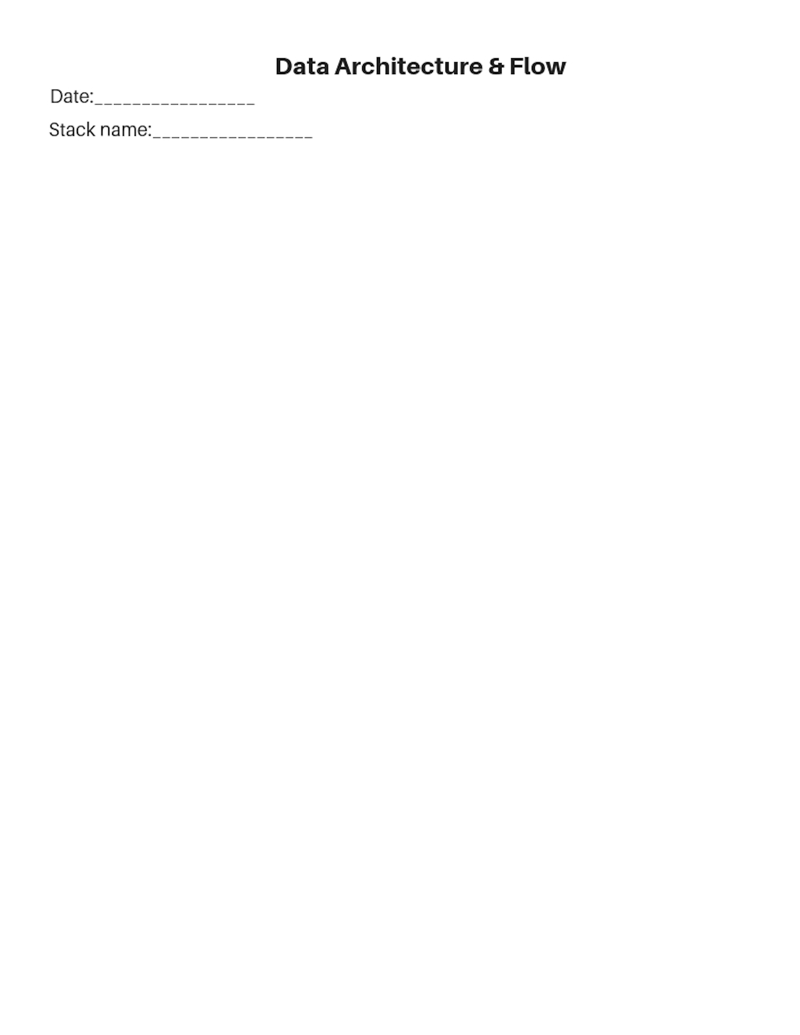Like virtually everything else related to marketing technology, there is no right or wrong data strategy, only the right or wrong strategy for your organization.
Data strategy is likely to be driven by a number factors—philosophical beliefs about data organization and management; systems and capabilities already in place; internal technology expertise; data reach (are you working in a silo or across the organization); and budget limitations.
The four things to consider in defining your data strategy are:
Over the last few years there has been a lot of discussion about creating a single source of truth for customer data. Along with that, Customer Data Platforms (CDPs) have emerged. The idea is that customer data is fed into a single database by marketing, sales, services, and business systems, where it is cleansed, appended with 2nd and 3rd party data, and then fed back to each system as a complete data record. Advocates for this centralized approach believe it is the simplest way to manage data compliance requirements and to ensure that everyone is working with the same set of data. Detractors point to the complexity of implementing a CDP platform and to the complication of adding another source of data into the stack. For more information on CDPs, check out the CDP Institute.
Another approach is to pick a single system of record (usually a sales automation or marketing automation solution), and keep that pristine and then leverage a data management/orchestration platform to synchronize data among your other systems.
In this scenario, the data orchestration platform cleans, normalizes, appends and de-dupes records from multiple systems but does not serve as a data warehouse itself. All data resides in the separate platforms and passes through the orchestration platform to ensure data integrity and completeness. This approach is simpler, more cost effective, and more agile than introducing an additional database into your stack.
And, of course, there’s always the hybrid approach, which leverages a centralized platform within an organization (e.g., marketing) and then uses a data orchestration platform to synchronize data between organizations.
